It has long been common practice in the private sector to invest in incubators for innovative projects. The city of Ulm is now pursuing the same approach. Ulm has already been designated a “Zukunftsstadt 2030” (City of the Future 2030) as well as a “Digitale Zukunftskommune” (Digital Municipality of the Future) of the German state of Baden-Württemberg.
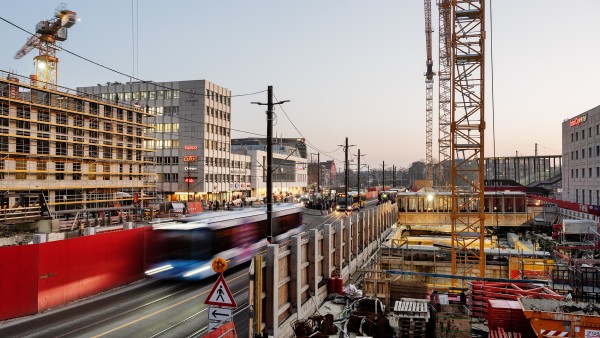
The district around Ulm’s main train station will change dramatically in the coming years. The city is turning the district into a pilot project for technological change.
Every July, the mayor of Ulm steps onto the balcony of the Schwörhaus (Oath House) and, in keeping with a centuries-old tradition, presents an account of the state of the municipality. Last year, Lord Mayor Gunter Czisch announced: “We have set ourselves the goal of becoming a model digital city in Germany.”
The road Ulm is taking to reach this goal is explained in the building next door to the Schwörhaus. Not far from city hall and Münster, several floors are dedicated to this ambitious project. The experimental laboratory “Verschwörhaus”, or Conspiracy House, is located on the ground floor and in the basement of the building. Above this is the digital hub for Ulm’s private sector, which advises small and medium-sized companies on issues related to digitalisation. The Digital Agenda office, a unit of the municipal administration that was established at the beginning of 2018, is located one floor higher.
Sabine Meigel says that digitalisation only works “when business, science, citizens and administration work together”. She is in charge of the Digital Agenda, which is now also implementing the "Smart Cities Pilot Projects". This is the name of the competition that is organised by the German Federal Ministry of the Interior, Building and Community (BMI) and KfW and was endowed with a total of 750 million euros in federal promotional funds. Ulm is one of the competition’s first winners. The Swabian city will receive a grant of eight million euros from KfW and will contribute four million euros of its own funds.
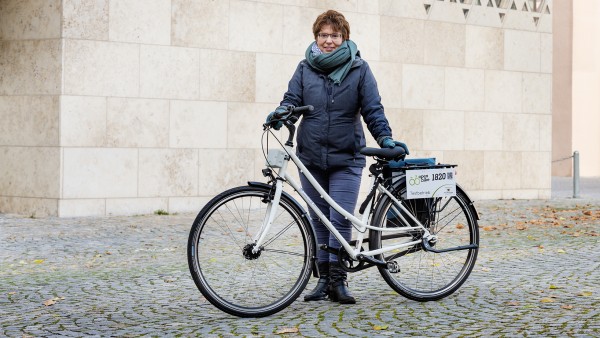
Sabine Meigel heads up the Digital Agenda office.
Digital transition initiated at an early stage
Ulm already has several years of experience in this area, has been designated a “Zukunftsstadt 2030” (City of the Future 2030) as well as a “Digitale Zukunftskommune” (Digital Municipality of the Future) by the state of Baden-Württemberg and can be found in the Smart City Atlas of the Bitkom information and telecommunications association. Gunter Czisch, Lord Mayor of the city since 2016, put digitalisation at the top of the city hall agenda ten years ago, when he was still First Mayor. Among the 51 municipalities that entered the national competition “Zukunftsstadt 2030” (Future City 2030), only three had chosen to focus on digitalisation – one of them was Ulm. “Developing digital expertise in the city and building up the city’s own infrastructure for data storage in line with democratically legitimised rules,” is how Czisch describes Ulm’s approach.
The “Verschwörhaus” is already entering its fourth year. “Jugend hackt” (Youth hacks) posters on the walls, beanbags, laptops and cables everywhere, a steady flow of people coming and going. “We are a FabLab and hack space with municipal funding,” says Stefan Kaufmann, project manager of the laboratory, who is employed by the municipality. Whoever wants to work and tinker in the real or virtual world can do so on 500 square metres, with 3-D printers, laser cutters, computer-controlled milling machines, but also with parking ticket machines, teleprinters and slush ice machines. Furniture is built in a wood workshop, and the servers of the “Verschwörhaus” internet hub run in the basement. “Let people be free, don’t impose a plan,” is how Sabine Meigel describes the approach. New ideas are developed through interaction. Without any economic pressure. “We don’t have to earn money,” says Stefan Kaufmann from the experimental laboratory.
Read more under the image gallery.
Free spirits and others can rent an office workstation at the 3F co-working space that is managed by Kudakwashe Kambarami (right).
Measurement data for citizen service
The free approach to work is a recipe for success. One of them is the Münster node, a matchbox-sized data transmitter developed in the “Verschwörhaus”. The miniature battery-powered device supplies measurement data to the LoRaWAN network in Ulm. The abbreviation stands for Long Range Wide Area Network. Thanks to the efforts of the Ulm Digital e.V. initiative, Ulm was one of the first cities in the world to have LoRaWAN coverage. Through this “gateway to the Internet of Things”, small data quantities can be transmitted over long distances at very low prices. For example, the measurement data of the Münster node. The range of possible uses for the measuring sensors is almost unlimited: the temperature of the water in lakes for swimming, water needs in gardens, pollen concentrations in the city park, cracks in buildings, ice on the cycle path and so on and so forth.
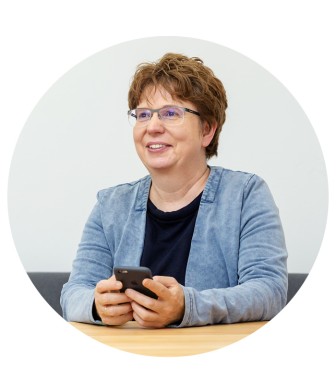
“Let people be free, don’t impose a plan.”
During her studies, Meigel combined landscape architecture with computer science and has also often dealt with geodata in her job. She says that the city has to store and manage geodata in its own database, but also advocates the release of certain information. For example, it does not have to be a secret which tree is located where in the city. This data could be used to write a cycling route app for pollen allergy sufferers.
Public participation in the concept phase
Like most of the other pilot projects, Ulm will first develop a strategy over the next two years. Although there is experience from pilot projects and e-government in city hall, there is also a need for “guidelines for digitalisation that are firmly enshrined in all areas of administration,” explains Meigel.
When it comes to the question of which projects are to be implemented after the end of the concept phase, Ulm can also draw on the more than 400 ideas from citizens that have been collected in previous surveys. Mobility has emerged as a key focus. This involves smart transport systems that are also suitable for a city the size of Ulm (125,000 inhabitants). For the market leaders in car sharing or bike rental, for example, Ulm is too small and not profitable.
Digital participation for older people and lower-income residents is also one of the relevant challenges. According to Meigel, digitalisation does not always have to use “the latest and therefore most expensive technology” and cites screens in the foyers of cooperative apartments as an example. Residents could access information here about weather, waste collection, events or bus routes.
Ulm intends to use the money from the “Smart Cities” project primarily to develop digital solutions for the districts around the train station. When the Stuttgart 21 project (including the new high-speed line over the Swabian Alb) is completed, the journey between Ulm and the state capital will be reduced to half an hour. The new closer proximity will boost demand for residential and office space in the districts around the station, some of which are in need of refurbishment.
Digital solutions for newly constructed areas, however, are different from those for existing districts. “Smart” street lights, for example, which adapt in intensity to the volume of traffic, can be planned right from the outset in new developments, while retrofitting them in existing areas would be expensive because roads would have to be torn up.
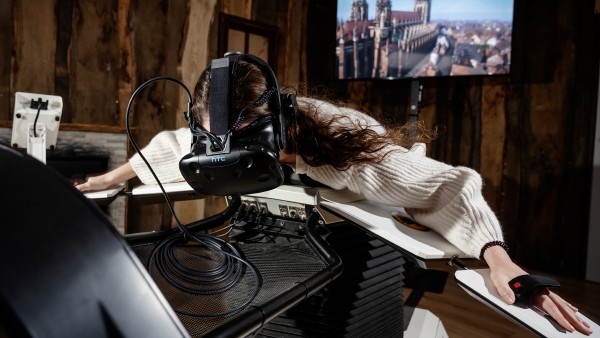
A virtual, self-guided flight over the Ulm of 1890: the “Birdly” simulator on Münsterplatz square makes it possible.
City and companies participate in the 3F co-working space
The 3F co-working space, which will open at the end of 2019 in the Geschwister-Scholl-Haus, could be an example of how city and companies can cooperate in the area of digitalisation. Meigel’s team is currently exploring forms of cooperation with the “Freiraum für Freigeister” (Free space for free spirits), as the 4H health Entwicklungs GmbH project is called.
To familiarise inhabitants in and around Ulm with the “smart city”, the Digital Agenda team wants to experiment with new forms of dialogue. Workshops on digitalisation are mainly attended by the technically savvy and older people with a lot of free time. “But we also have to go to places where families spend time,” says Meigel, for example playgrounds.
Source
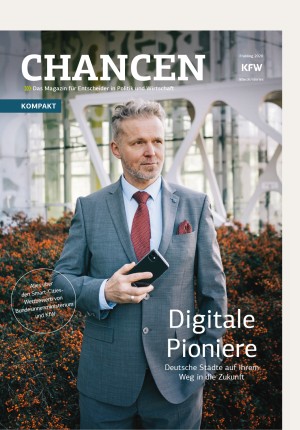
This article was published in CHANCEN Kompakt spring/summer 2020 "Digitale Pioniere".
To German editionThe city opened m25 on Münsterplatz square, a kind of showroom that is intended to stimulate interest in digitalisation, among other things. Meigel’s office will open a pop-up office here for several weeks in early 2020 to provide information about the “smart city” project. m25 is already home to one digital attraction: the “Birdly” flight simulator. Lying on their stomachs, visitors can virtually float above the Ulm of 1890. The digital city view has been faithfully reproduced on a computer. The Birdly evokes the idea of the tailor Albrecht Ludwig Berblinger. 24 June 2020 marks the 250th anniversary of the birthday of the most famous native of Ulm. His dream of flying failed miserably. But today “the tailor of Ulm” has been vindicated as a visionary.
The described project contributes to the following United Nationsʼ Sustainable Development Goals
Goal 9: Build resilient infrastructure, promote sustainable industrialization and foster innovation
Non-existent or dilapidated infrastructure hinders economic efficiency and thus engenders poverty. When building infrastructure, the focus should be on sustainability, for example, by promoting environmentally-friendly means of transport. Factories and industrial facilities should also ensure that production is in line with ecological aspects to avoid unnecessary environmental pollution.

All United Nations member states adopted the 2030 Agenda in 2015. At its heart is a list of 17 goals for sustainable development, known as the Sustainable Development Goals (SDGs). Our world should become a place where people are able to live in peace with each other in ways that are ecologically compatible, socially just, and economically effective.
Published on KfW Stories: 30 January 2020.

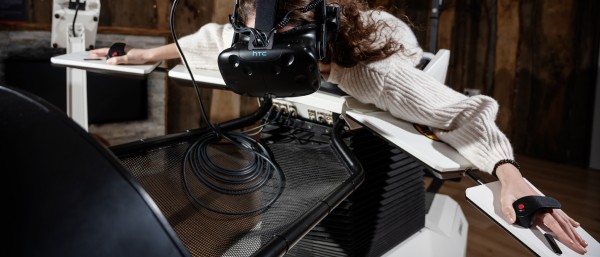
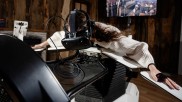
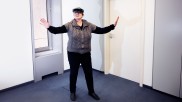

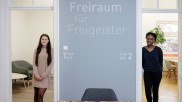
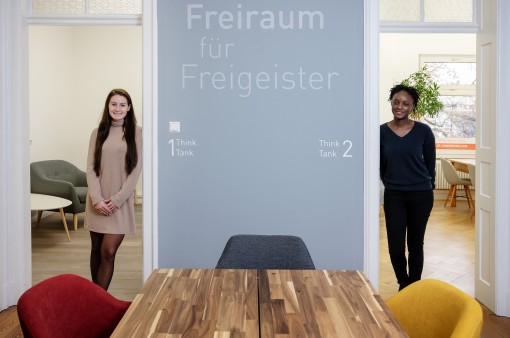
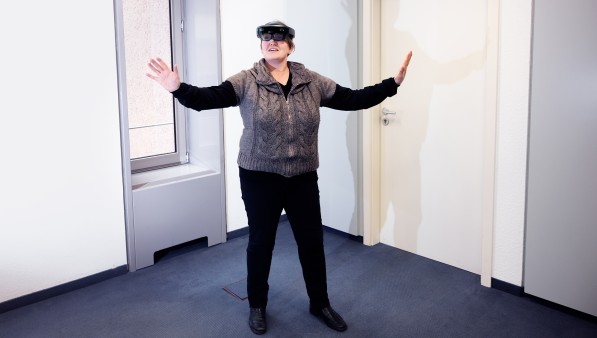
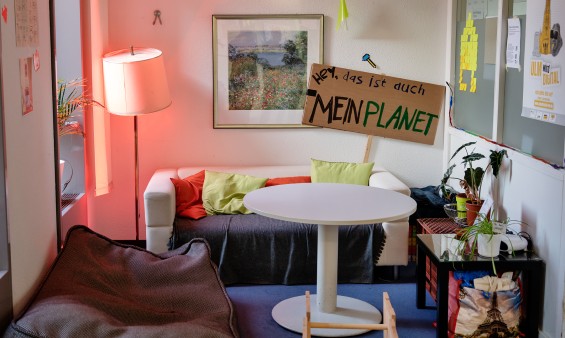
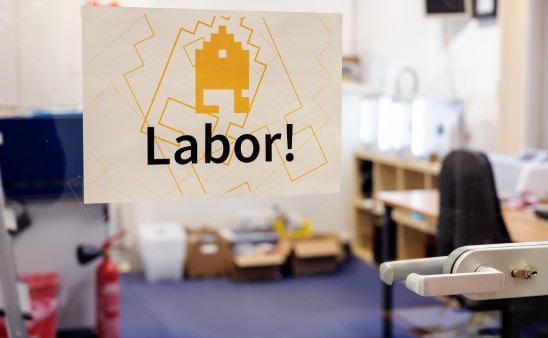




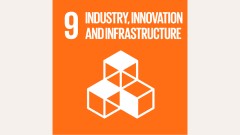
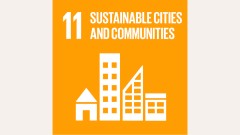

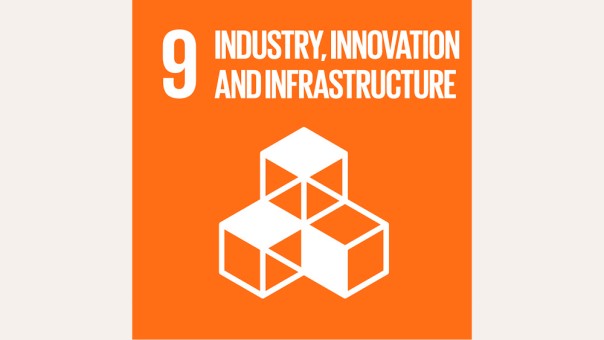
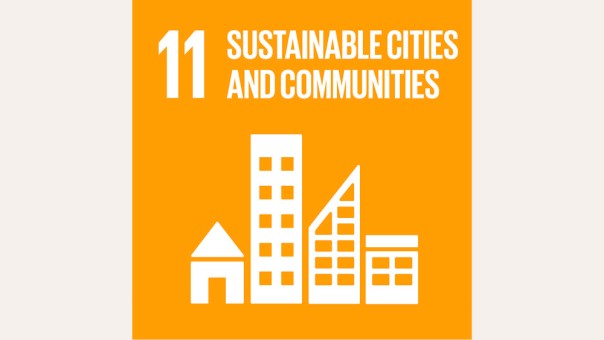

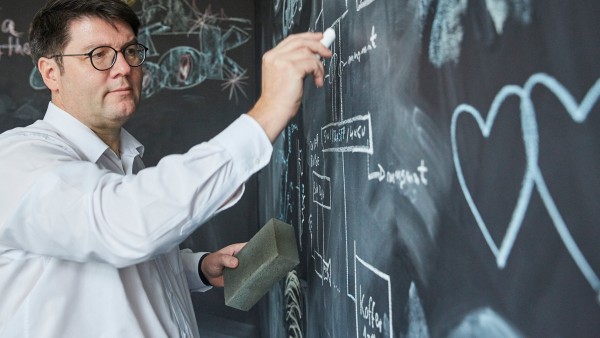
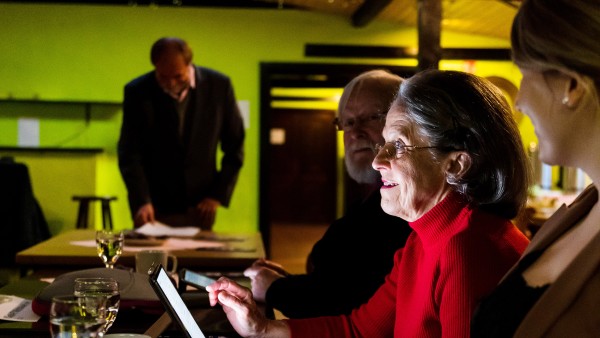
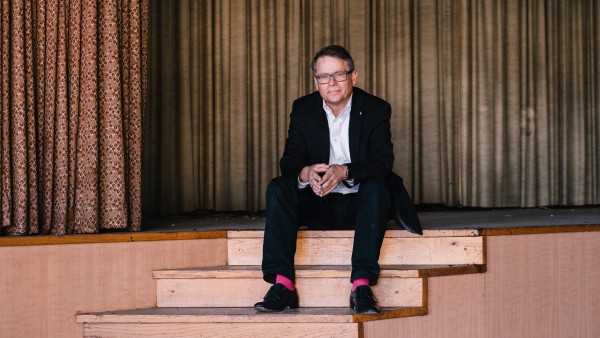
Data protection principles
If you click on one of the following icons, your data will be sent to the corresponding social network.
Privacy information